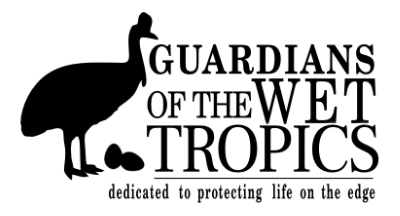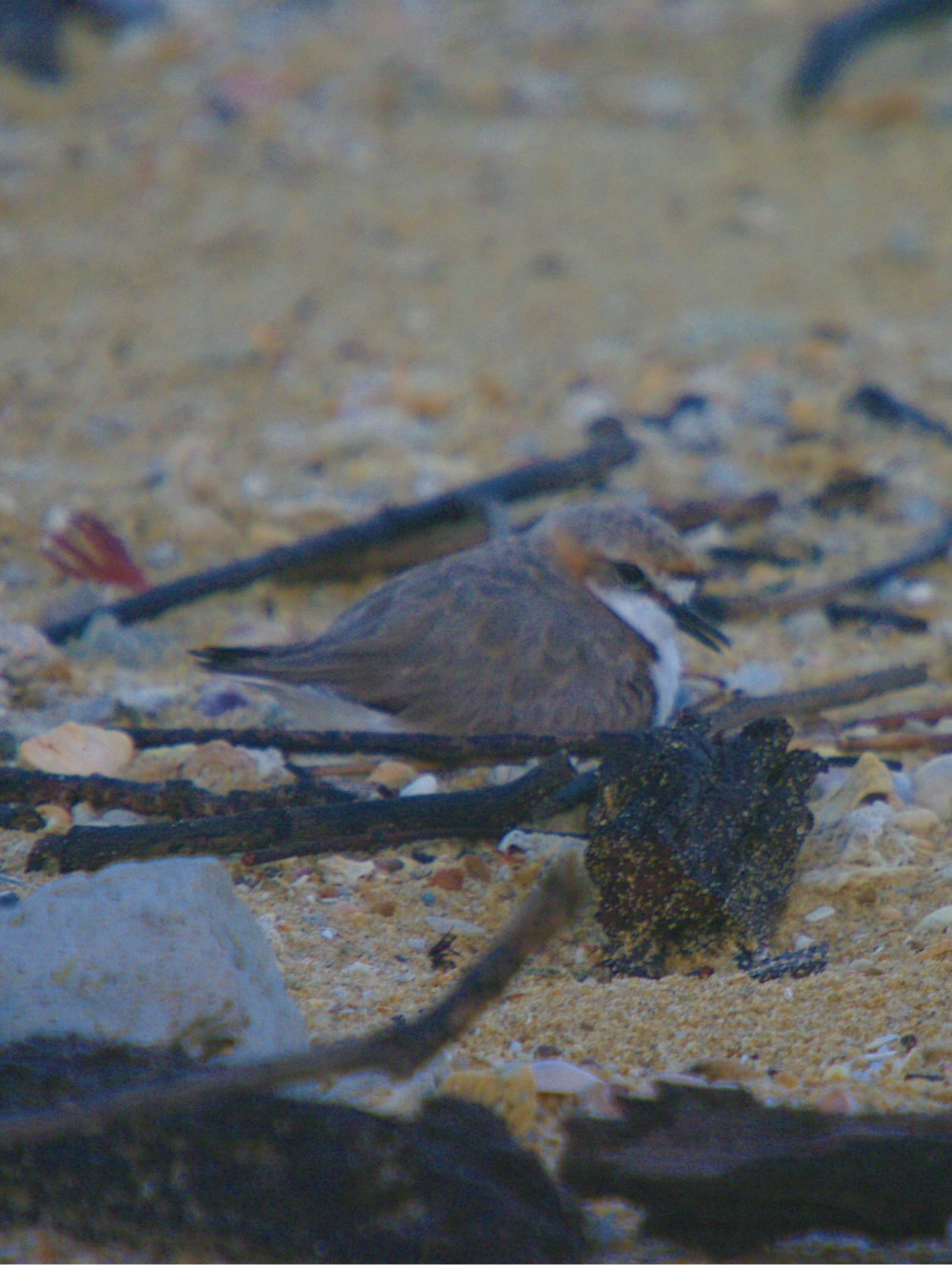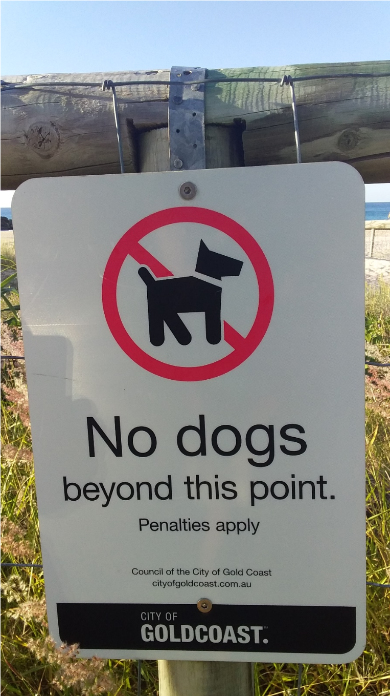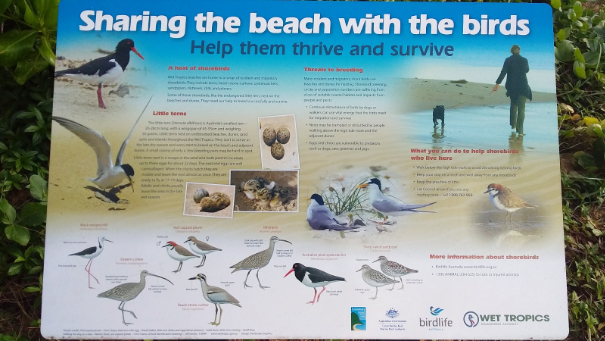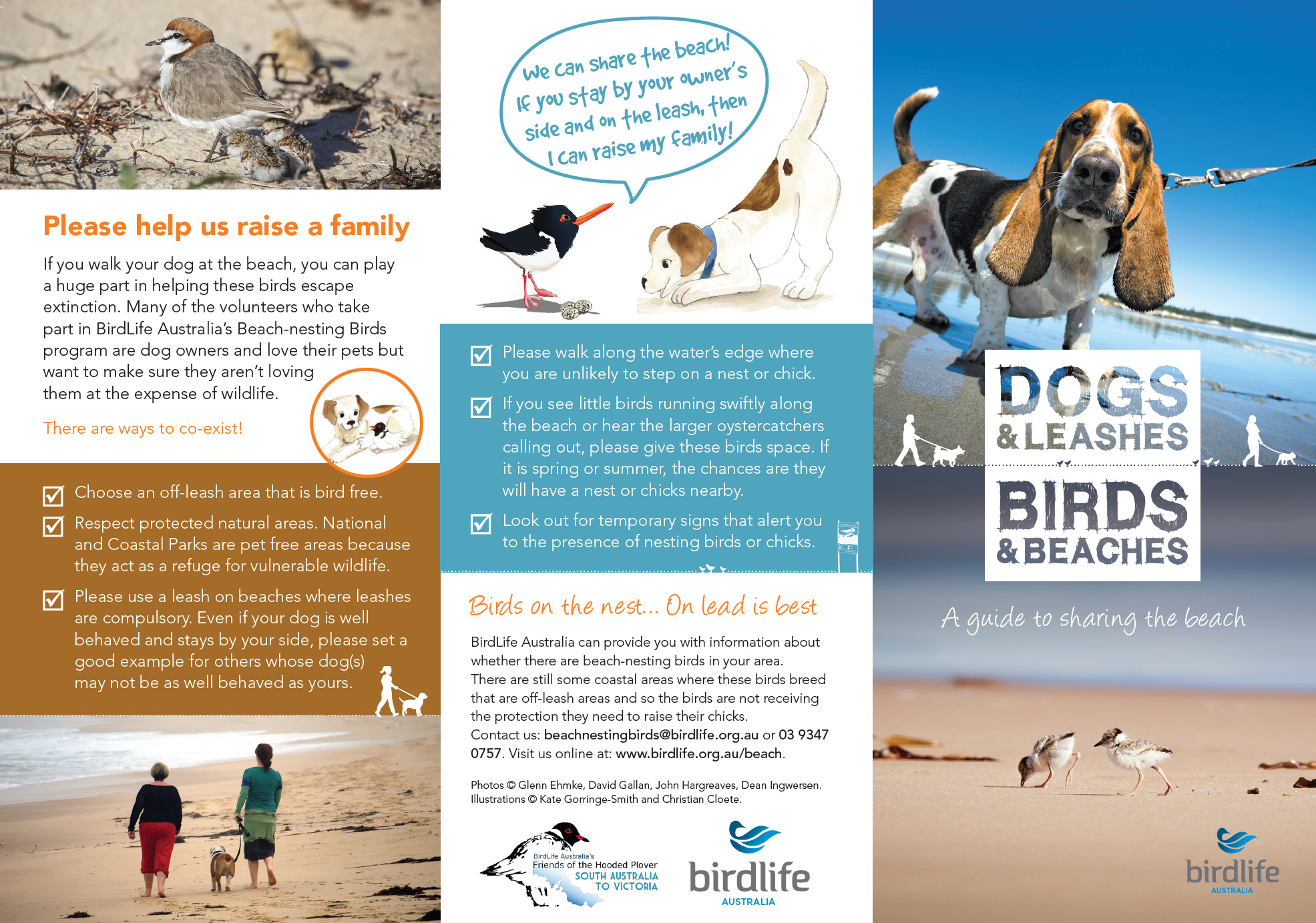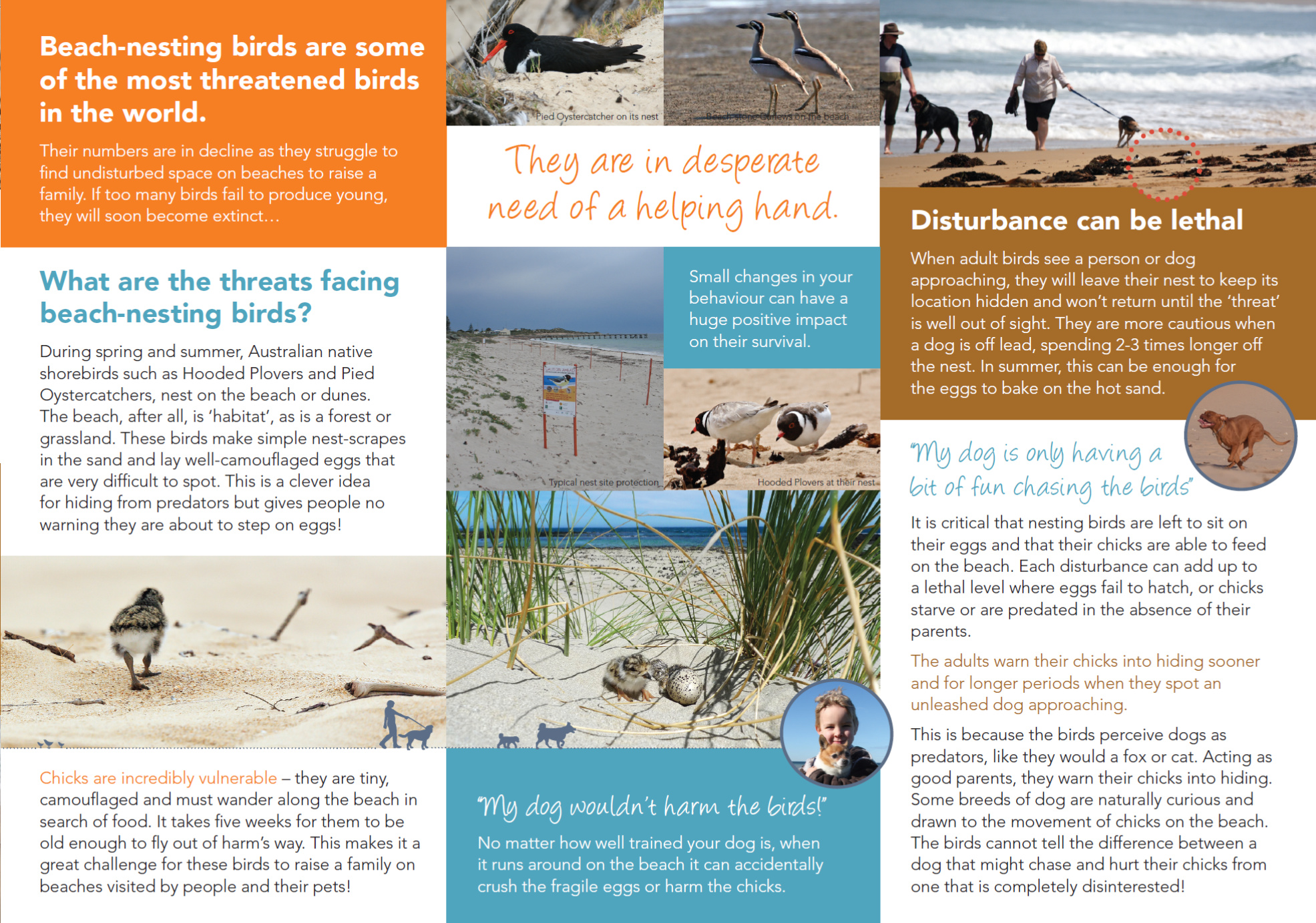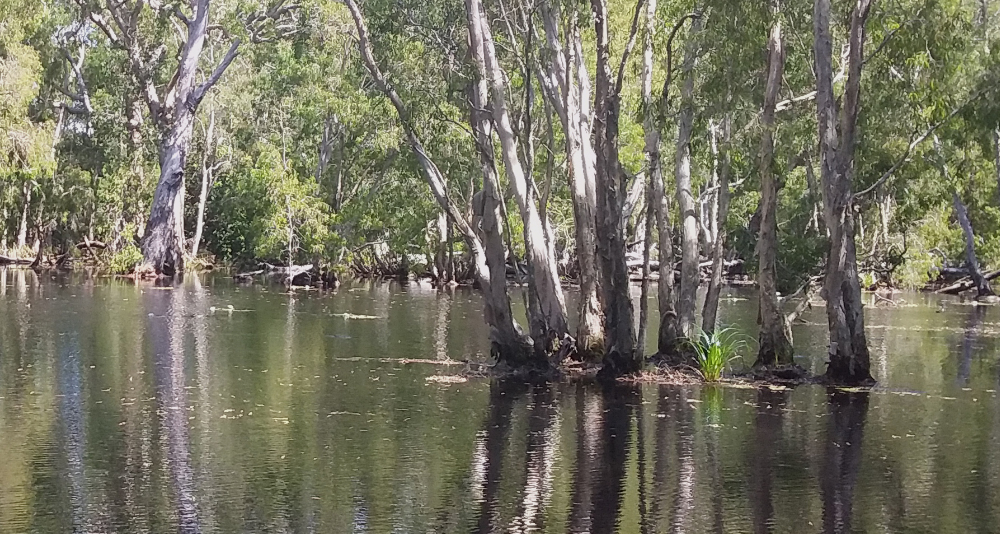
Birds on Beaches, Dogs on Leashes
Cassowary Keystone Conservation in partnership with Birdlife Australia
Seen as a special part of the landscape in the Cassowary Coast having two World Heritage sites adjoined: The Wet Tropics World Heritage and the Great Barrier Reef Marine Park.
Many within the community love to have a quiet walk in nature or along the beach experiencing the joy of watching sea and shore birds foraging along the coast and is known to have huge mental health benefits.
In the past Mission Beach was frequented by many sea and shore birds and nesting sea turtles. Many within our community have fond memories of sea turtles nesting and watching hatchlings make their way to the ocean. The foreshore was thick and intact before Cyclones Larry and Yasi’s devastating destruction and subsequent foreshore clearing, wiping out many breeding sites for foreshore species. The culture of using driftwood in beach bon fires removes debris and infrastructure that holds habitat intact and creates a void for safe havens for sea and shore birds to lay eggs in the high tide and dune areas.
Currently all the beaches along the Mission Beach Coast are considered dog friendly. Dog owners are required under Local Laws to keep them on a leash at all times, however not many comply with these requirements. Owners see that their dogs are having fun chasing birds, however this can be lethal for birds, not being able to forage for sand worms and pippies, burning vital energy in escaping and leaving eggs and chicks exposed. The dogs don’t have to catch native species just chasing or barking can disturb and force species to move on, but to where? As most habitats globally are occupied (by man and his best friend) or livestock. Cassowary Keystone Conservation believe this is not meeting the various needs of dog owners and people who wish to experience the beach naturally nor shorebirds feeding or nesting needs.
Using the Cassowary Coast Foreshore Management Plans as a reference Cassowary Keystone Conservation has mapped different zones to meet different social and environment conservation needs and hopes to see Cassowary Coast Regional Council lead the way with zoning across the FNQROC.
- Dog off leash zone
- Dog on leash zone
- Dog free or Conservation Zone
With a changing demographic and more people living in the Mission Beach community with more domestic predatory animals (pets), our village is being seen as a commuter suburb for Tully and Innisfail. Some people do not appreciate nor understand the environmental values or the quiet pace of life in our community village.
We are working to create a greater sense of community appreciation of the irreplaceable environmental values of living in two World Heritage sites and with it a sense of responsibility to care for and protect our natural assets.
Resident and Migratory Sea and Shore birds
Many resident and migratory shore birds use beaches and dunes for nesting. Shorebird breeding cycles and population numbers are suffering from loss of suitable habitat and impacts from people, dogs, and cars.
- Continual disturbance of birds by dogs or walkers, can expose eggs and chicks to heat stress and predation, taking flight uses up vital energy that the birds need for survival or fat reserves for migration.
- Nests may be trampled or disturbed by people walking above the high tide mark and the adjacent dunes.
- Eggs and chicks are vulnerable to predators such as dog, cats, goannas, and pigs.
- Loss of suitable nesting habitat occurs because of increased recreational use and coastal development.
Little Terns
The little tern (Sternula albifrons) is Australia’s smallest tern- 20-28cm long, with a wingspan of 45-55cm and weighing 50 grams. Little terns’ nest on undisturbed beaches, dunes, sand spits and islands throughout the Wet Tropics. They start to arrive in the late dry season and soon start to breed on the beach and adjacent dunes. A small colony of only a few breeding pairs may be hard to spot.
Little terns’ nest in a scrape in the sand and both parents, incubate up to three eggs for about 22 days. The nest and eggs are well camouflaged. When the chicks hatch, they are mobile and leave the nest almost at once. They are ready to fly at 17-19 days. Adults and chicks usually leave the area in the late wet season.
What you can do to help shorebirds who live here
- Walk below the high tide mark to avoid disturbing nesting birds
- Keep your dog on a leash and well away from any shorebirds
- Keep the area free of litter
- Let Council know if you see any nesting birds
